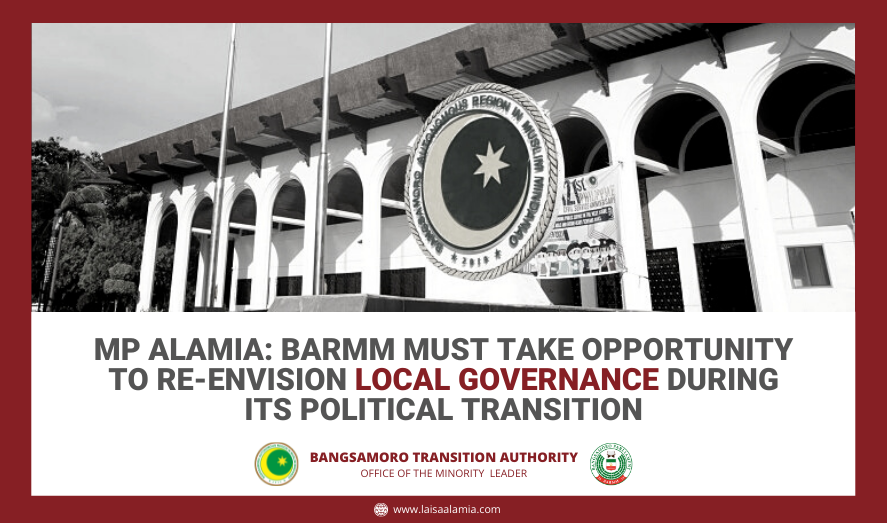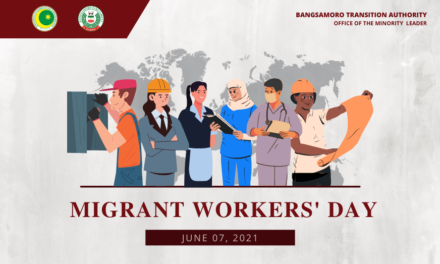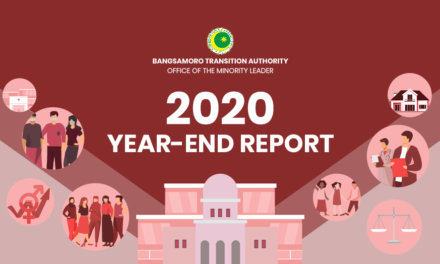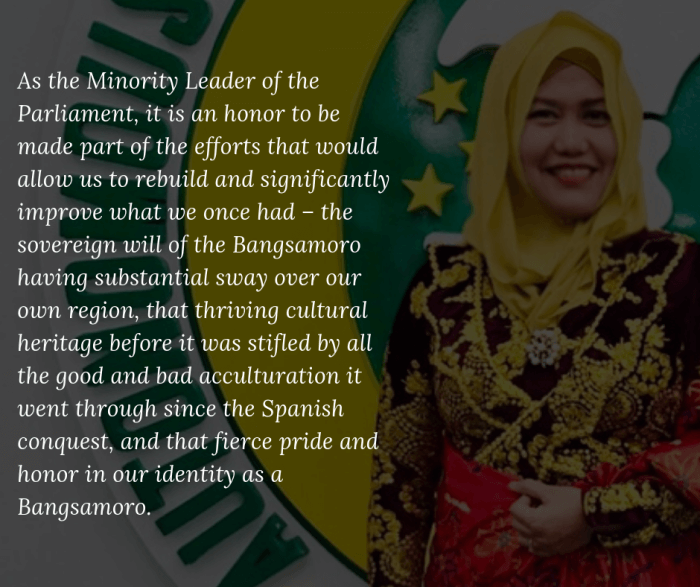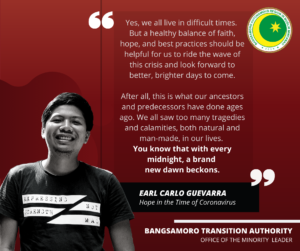Together with representatives from the academe, civil society, religious sector, the City Government of Cotabato City, and the Bangsmoro Parliament, Minority Floor Leader MP Atty. Laisa Alamia joined a roundtable discussion on BTA BILL No. 58 or An Act Providing for the Bangsamoro Local Governance Code as a resource speaker on Local Governance in the Autonomous Region on Wednesday, February 9.
The event was organized by the Institute for Autonomy and Governance (IAG) and Notre Dame University – Cotabato City, with the support of Australian Aid (AusAid).
Autonomy, decentralization
Decentralization, according to MP Alamia, can be traced back to the first constitution in 1935. “There has always been a consistent pressure on the national government to decentralize,” she said, except during the time of Martial Law when “local elections were suspended and the power to appoint local officials was vested in the president.”
This, however, was ultimately reversed during the drafting of the 1987 Constitution. Decentralization was also embodied in Republic Act 7160 or the Local Government Code of 1991 (LGC), a landmark law that sought to decentralize the Philippine state and expand powers of local government units (LGUs).
In her discussion, MP Alamia highlighted three key elements of decentralization, namely devolution, deconcentration, and debureaucratization – all of which were considered in the drafting of the local government code. The code’s main objectives, she said, are to “facilitate faster decision making, enhance participation of private citizens, organized groups, and poorer, marginalized sectors; deliver basic services more efficiently.”
Mandanas Ruling
Taking into account the Mandanas Ruling by the Supreme Court in 2018, internal revenue allotment for local government units is projected to increase by more than 30 percent in the 2022 budget – from 695.49 billion in 2021 to 959.04 billion in 2022.
In 2019, only 34% of LGUs’ total operating income came from locally sourced revenues, which means that LGUs are heavily reliant on IRA, with a dependency rate of 62%. Provinces had
the highest IRA dependence (78%) while cities had the lowest (41%).
According to MP Alamia, this trend brings the challenge of self-reliance and local revenue generating capacity of LGUs to the fore, as it highlights uneven development and
economic opportunities across LGUs.
Reforms needed for full devolution
In the context of the Bangsamoro, MP Alamia points out how dependent all provinces in the region are on the IRA. Lanao del Sur, for example, has a 100% dependency rate on the IRA in 2018, followed by Tawi-tawi at 99%. These two are closely followed by Basilan and Sulu at 97% and 96& respectively, as Maguindanao registers a 94% dependency rate.
While devolution is at the heart of the LGC, the national budget indicates otherwise. The budget for national agencies and departments that perform functions that are supposedly devolved to the LGUs continue to increase every year, as the Commission on Audit registers a surplus from the budget of LGUs. “The surplus,” MP Alamia said, “raises questions whether LGUs can manage bigger funds,” and if they can “effectively budget and implement their own programs while addressing concerns on their absorptive capacity.”
MP Alamia stressed that “if we want to have full devolution which could amount to greater resources, reforms must be instituted by the Bangsamoro Government.” This includes setting up “performance accountability systems” for local government units in the region.
Principles of self-governance, self-determination
“We need LGUs to have the capacity to perform,” MP Alamia said, “by helping them properly budget and effectively utilize funds, as they implement programs, projects, and activities.”
MP Alamia highlighted the need for the Bangsamoro Government to rethink the local finance framework in the region. She said that “the opportunity is ripe for us to re-envision local governance with the BARMM transition,” which includes exploring other criteria that may be incorporated into the distribution formula of LGU shares.
Among her suggestions are to assess poverty incidence in the regions to allow LGUs with higher poverty incidence to receive bigger allotments; look into unfunded mandates like oversight functions in the localization of national plans and commitments, local implementation of reform agenda and programs, etc.; and evaluate LGU performance in terms of service delivery and local revenue mobilization, among others.
LGUs within the BARMM, she said, should be able to meet benchmarks on transparency and accountability, and reach good governance markers. In the process, the regional government must “ engage civil society” in realizing better LGUs.
“Our struggle for self-determination is significantly anchored on the belief that local, context-driven governance is better equipped to respond to specific social, cultural, and economic needs,” MP Alamia noted.
Therefore,“there is a need to set the parameters of the Bangsamoro government’s regulatory authority over the LGUs to reconcile with the constitutional policies of decentralization and local autonomy,” MP Alamia noted, “in line with strengthening regional democracy and the Bangsamoro people’s exercise of their right to self-determination,” she stressed.

